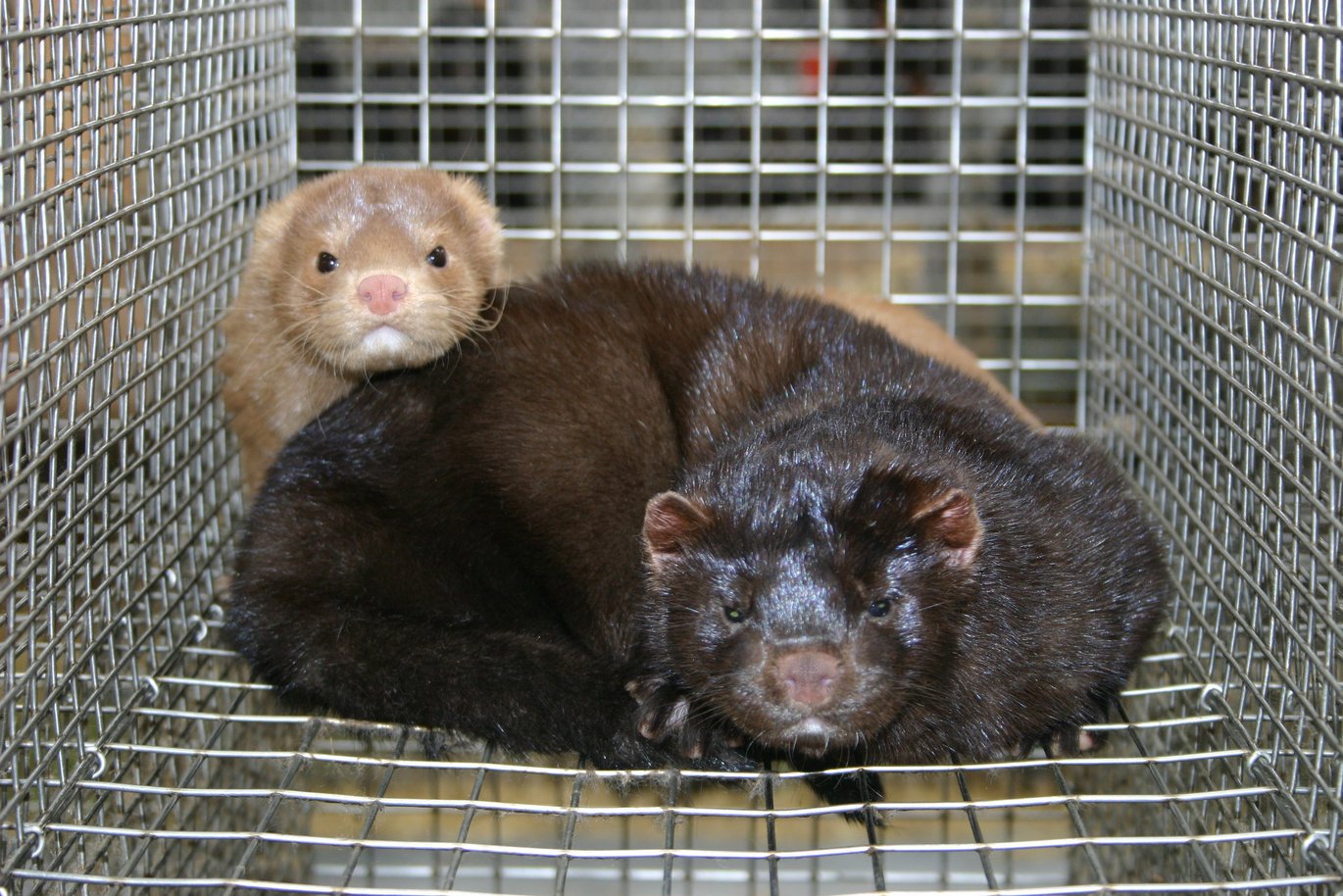Slimming strategies for mink tested
For mink farmers it is a challenge to keep their animals slim for the breeding season without having to resort to tough diets over the winter. Scientists from Aarhus University have been looking at different feeding strategies.

Scientists at Aarhus University have used a multi-faceted approach in a recently completed project that looked at various aspects of mink production. The aim of the project was to explore the possibilities of a number of combinations for the breeding and feeding of mink in the period from September to February with a view to optimising reproduction and welfare.
- The combinations we chose are based on the latest knowledge regarding welfare, genetics and feeding and also comply with the current legislation on mink husbandry, explains senior scientist Steen H. Møller from Aarhus University.
The results from the project were presented at the annual fur animal seminar in September 2012 at the research centre AU Foulum.
Stout is out
The aspect that Steen H. Møller studied was whether restrictive feeding of the animals potentially used for breeding could be controlled by using a feed-free period of six hours.
In mink production, the kits are fattened up so they can produce large pelts in the autumn. The kits used for breeding, however, should not be fat. It would therefore be an advantage for the mink farmer if he were able to distinguish the breeding animals from the animals used for their pelts.
This would mean that special feeding regimes could be used for potential breeding animals in their growing period and obviate the need to slim chubby cubs selected for breeding before the reproductive period in February-March.
The challenge is to find a sensible and practical way of selecting breeding animals and then to feed them a diet that prevents the accumulation of fatty tissue that they will need to shed later anyway.
Feed-free period not a controlling factor
The investigation showed that increasing the feed-free period did not control the restrictive feeding as well as expected. Lengthening this period meant that the mink kits just consumed their feed faster. There does appear to be an upper limit, however, for how quickly mink can eat. When the feed intake generally falls in the autumn, this feed-free period needs to be correspondingly increased to nine hours or more in order to work.
A feed-free period of this length is in many ways inexpedient. It is difficult to fit into a normal working day, and it tended to have a larger effect on the male mink than on the females. But there was also the incipience of unwanted behaviour – stereotypy – which indicates that the mink did not feel replete.
The project was financed by Kopenhagen Fur/Fur Levy Fund (Pelsdyrafgiftsfonden) and the Ministry of Food, Agriculture and Fisheries.
Further information: Senior scientist Steen H. Møller, Department of Animal Science, telephone: +45 8715 7926, email: SteenH.Moller@agrci.dk
